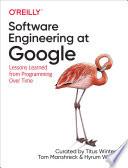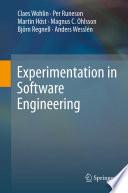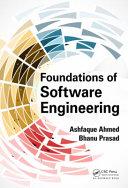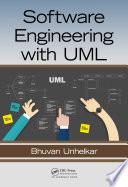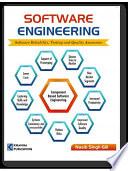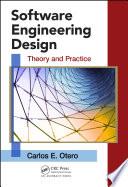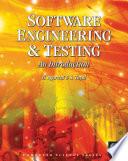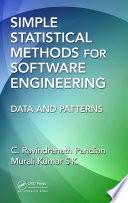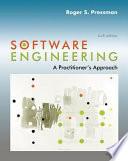
Software Engineering
A Practitioner's Approach
For over 20 years, Software Engineering: A Practitioner's Approach has been the best selling guide to software engineering for students and industry professionals alike. The sixth edition continues to lead the way in software engineering. A new Part 4 on Web Engineering presents a complete engineering approach for the analysis, design, and testing of Web Applications, increasingly important for today's students. Additionally, the UML coverage has been enhanced and signficantly increased in this new edition. The pedagogy has also been improved in the new edition to include sidebars. They provide information on relevant softare tools, specific work flow for specific kinds of projects, and additional information on various topics. Additionally, Pressman provides a running case study called "Safe Home" throughout the book, which provides the application of software engineering to an industry project. New additions to the book also include chapters on the Agile Process Models, Requirements Engineering, and Design Engineering. The book has been completely updated and contains hundreds of new references to software tools that address all important topics in the book. The ancillary material for the book includes an expansion of the case study, which illustrates it with UML diagrams. The On-Line Learning Center includes resources for both instructors and students such as checklists, 700 categorized web references, Powerpoints, a test bank, and a software engineering library-containing over 500 software engineering papers.TAKEAWY HERE IS THE FOLLOWING:1. AGILE PROCESS METHODS ARE COVERED EARLY IN CH. 42. NEW PART ON WEB APPLICATIONS --5 CHAPTERS
- ISBN 13 : 9780073019338
- ISBN 10 : 007301933X
- Judul : Software Engineering
- Sub Judul : A Practitioner's Approach
- Pengarang : Roger S. Pressman,
- Kategori : Computers
- Penerbit : Palgrave Macmillan
- Bahasa : en
- Tahun : 2005
- Halaman : 924
- Google Book : http://books.google.co.id/books?id=bL7QZHtWvaUC&dq=inauthor:pressman,+intitle:software+engineering&hl=&source=gbs_api
-
Ketersediaan :
For over 20 years, Software Engineering: A Practitioner's Approach has been the best selling guide to software engineering for students and industry professionals alike. The sixth edition continues to lead the way in software engineering.

